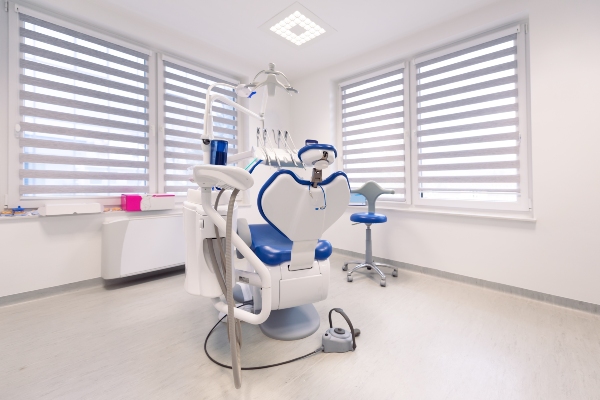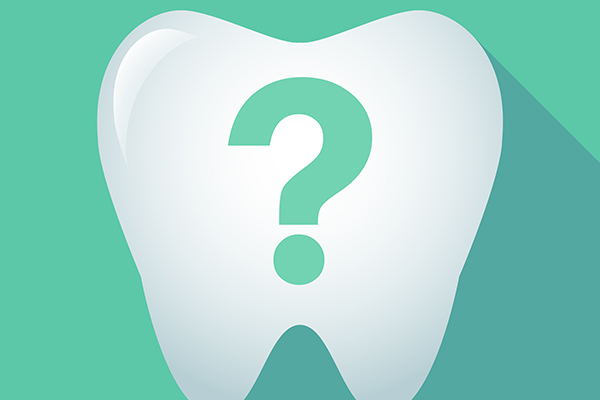 Orthodontics aims to straighten teeth and address a variety of issues that can develop as a result of poor teeth or jaw alignment. Issues that can be treated with orthodontic devices include spaces between teeth, crossbites, and crooked teeth.
Orthodontics aims to straighten teeth and address a variety of issues that can develop as a result of poor teeth or jaw alignment. Issues that can be treated with orthodontic devices include spaces between teeth, crossbites, and crooked teeth.
Orthodontics can also be used as preventative dentistry because it can be used to fix issues with teeth alignment before they become an issue later in life. Teeth-straightening devices, like clear aligners and braces, work by applying force on the wearer’s teeth. Over time, this pushes the person’s teeth to a healthier alignment.
Four common issues that orthodontics can treat
Here are dental issues that can be fixed with teeth-straightening treatments.
1. Malocclusion
Occlusion is the term for how a person’s teeth line up with one another and fit inside the mouth. A person has a malocclusion when their teeth or jaw do not line up properly. The result is often an issue like a crossbite, overbite, or underbite.
Poor teeth alignment can lead to difficulty chewing, speaking, or swallowing. It can also cause problems with the temporomandibular joints, which often create pain and discomfort. Malocclusion can lead to other problems, like changes to a person’s facial structures, frequent cuts to soft tissues like the tongue, and speech impediments. Orthodontics can treat these issues with treatments like the installation of braces/clear aligners, tooth reshaping, and as a last resort, surgery.
2. Teeth grinding
Teeth grinding can lead to teeth being worn down due to the forces placed on them as they grind against each other. Medically termed bruxism, this condition is more likely to occur during sleep, and it can be caused by a variety of things, like stress or a bad bite. Treating any malocclusion that a patient has can help as a treatment for teeth grinding.
3. Tooth protrusion
This is often the result of the upper jaw sticking out farther than the lower jaw, leading to uneven pressure on teeth and bite issues. It can also affect the development of a person’s jawbone and other facial structures.
Severely protruding teeth can even make it difficult to close the lips properly. The condition can lead to the loss of jawbone tissue if left untreated.
4. Spaces between teeth
Spaces between teeth can ruin the way that a person’s smile looks and can lead to increased self-consciousness. It also increases the risk of gum disease, since gum tissue left exposed due to spaces between teeth are more likely to be infected by oral bacteria. Devices like clear aligners and braces can be used to move teeth closer together, eliminating any natural spaces between them.
Straighter teeth can lead to improved health and quality of life
Straightening your teeth provides more benefits than just an improved smile. It also protects your mouth against issues like tooth decay and gum disease, and it can serve as a treatment for issues like teeth grinding. Give us a call or stop by our Brooklyn clinic to set up an appointment with our dentist.
Request an appointment or call Brooklyn Heights Orthodontics: Susan Liebman, DMD at 718-416-6368 for an appointment in our Brooklyn office.
Recent Posts
Orthodontics can fix almost all teeth alignment issues. Poorly aligned teeth can ruin the way that your smile looks, and they can also leave you more vulnerable to a variety of oral issues, like tooth decay and gum disease, because it is harder to remove plaque from teeth surfaces.Improperly aligned teeth can also make simple…
Traditional metal braces have served as the foundation for orthodontics for over a century. These metal appliances are not the most aesthetically pleasing oral appliances, but getting braces is still the most effective way to correct severe orthodontic issues.Traditional braces are permanently fixed in place once attached by a dentist, and they apply constant force…
Consulting with a dentist about using orthodontics like braces is the first step toward getting straighter teeth. Orthodontic devices move teeth to a more optimal alignment by applying constant force on them. Treatment times vary for each patient based on their unique condition, but it is typically somewhere between 12 to 36 months.Misaligned teeth can…


